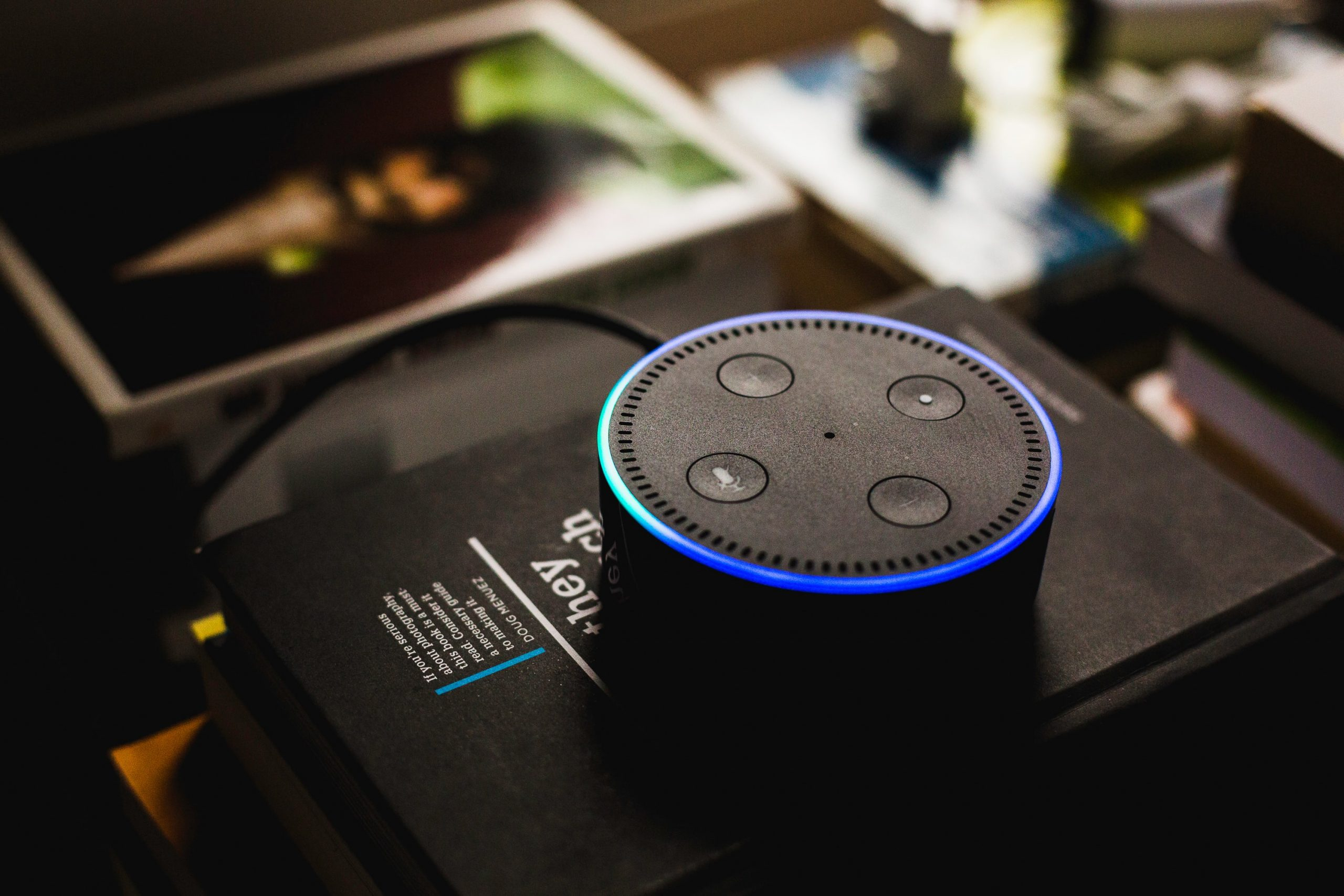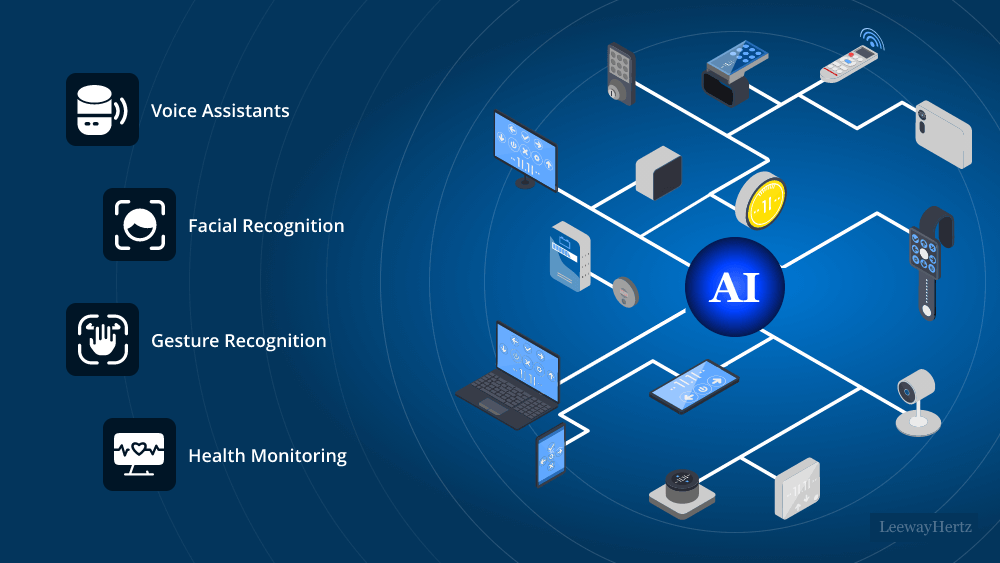- Published on
Voice-Activated Technology The Rise of Conversational AI
- Authors

- Name
- Adil ABBADI
Introduction
Imagine a world where you can control your surroundings with just your voice. No more typing, tapping, or swiping – just conversational interactions that feel almost human-like. Welcome to the era of voice-activated technology, where conversational AI is transforming the way we live, work, and play.

- The Evolution of Voice-Activated Technology
- The Power of Natural Language Processing (NLP)
- Conversational AI in Action
- The Future of Voice-Activated Technology
- Conclusion
- Join the Conversation
The Evolution of Voice-Activated Technology
From the early days of IBM's ViaVoice in the 1990s to today's sophisticated virtual assistants, voice-activated technology has come a long way. The proliferation of smartphones and the subsequent rise of voice-enabled apps like Siri, Google Assistant, and Alexa have made voice interactions an integral part of our daily lives.
import speech_recognition as sr
r = sr.Recognizer()
with sr.Microphone() as source:
audio = r.record(source)
try:
print("You said: " + r.recognize_google(audio, language="en-US"))
except sr.UnknownValueError:
print("Google Speech Recognition could not understand your audio")
except sr.RequestError as e:
print("Could not request results from Google Speech Recognition service; {0}".format(e))
The Power of Natural Language Processing (NLP)
At the heart of conversational AI lies Natural Language Processing (NLP), a subfield of artificial intelligence that enables machines to understand, interpret, and generate human language. NLP is the secret sauce that makes voice-activated technology intelligent, allowing devices to comprehend nuances like context, tone, and intent.

Conversational AI in Action
Conversational AI is being applied across various industries, from customer service chatbots to in-car voice assistants. Take, for instance, Domino's Pizza's voice-activated ordering system, which allows customers to order pizzas using just their voice.
const speech = new webkitSpeechRecognition()
speech.lang = 'en-US'
speech.maxResults = 10
speech.onresult = (event) => {
const transcript = event.results[0][0].transcript
if (transcript.includes('order')) {
// Process order request
}
}
speech.start()
The Future of Voice-Activated Technology
As voice-activated technology continues to advance, we can expect to see more sophisticated applications emerge. From voice-controlled smart homes to AI-powered healthcare assistants, the possibilities are endless.

Conclusion
The rise of conversational AI has brought us closer to a world where devices learn to understand and respond to our needs like never before. As voice-activated technology continues to evolve, it's essential to stay informed about the latest developments and innovative applications.
Join the Conversation
What's your favorite voice-activated technology or conversational AI application? Share your thoughts and experiences with us in the comments below!
